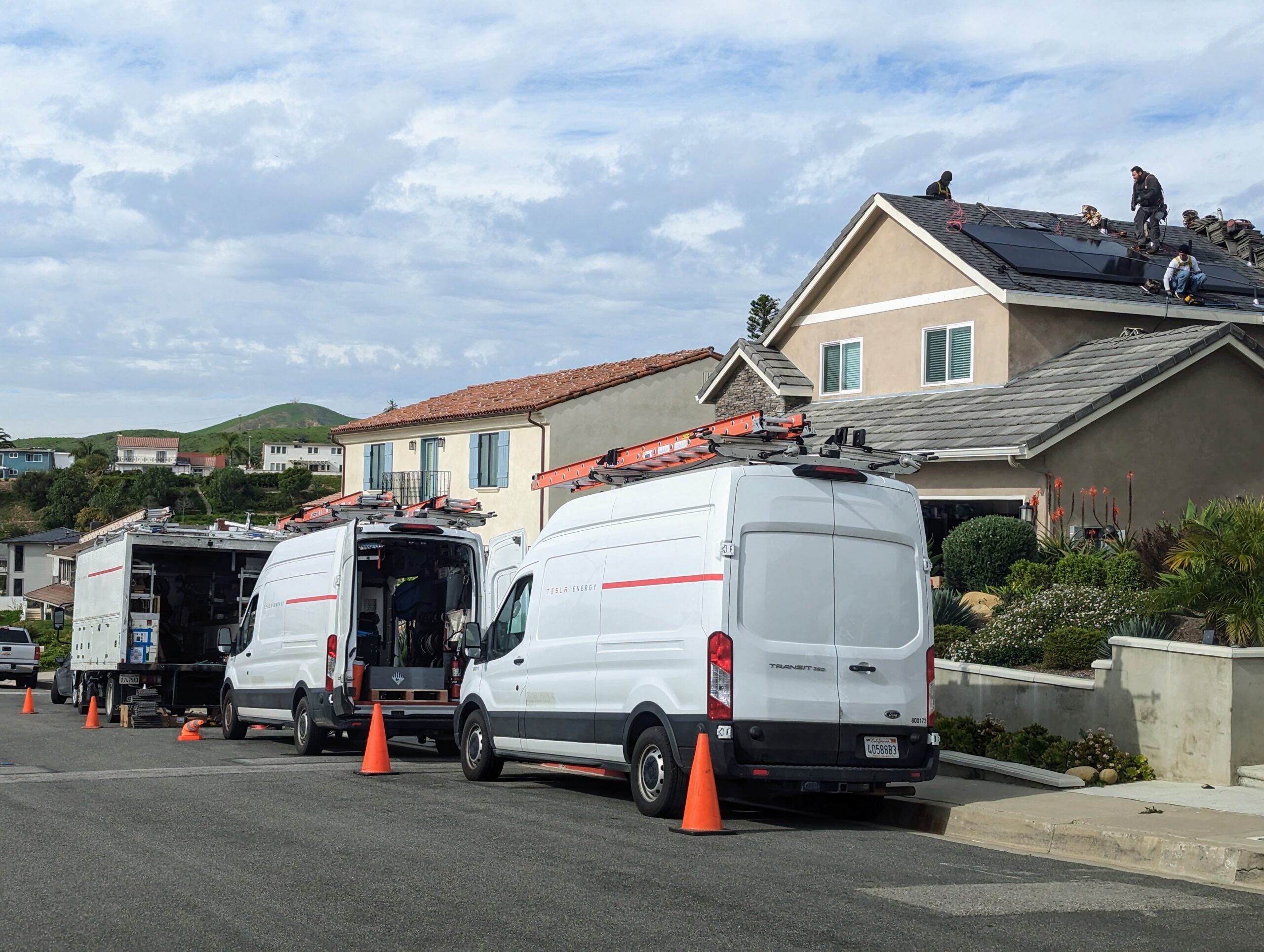- cross-posted to:
- skeptic@lemmy.world
- cross-posted to:
- skeptic@lemmy.world
Debunking The “Dirty” Solar Panels And Battery Myth::Solar panels and residential storage batteries are accused of having huge amounts of embedded carbon. The truth is quite the opposite.
Nice article.
I feel though that, as many others, it compares the carbon footprint of production (panels and batteries) vs the footprint of burning only. By looking at the source of the carbon footprint, it seems that they take into account only the CO2 output of the energy factories, but extraction, transportation and storage has a non-negligible carbon footprint.
Most of those comparisons are done in bad faith. As you said, they compare the whole chain for renewables/electric cars/windmills (parts of that chain could be decarbonised down the line anyway) to just the burning of the fuel, forgetting about extraction, exploration, transport and refining. Before you even get to the stage where you’re burning fuel in your engine, there’s been multiples of the CO2 and other greenhouse gases emitted already.
They steel-manned the argument. They ignored the setup and supply of fossil fuels, while counting those for solar and battery, and even with giving the advantage to fossil fuels they showed solar and batteries both much better than fossil fuels
Mining/extraction of lithium is extremely destructive to the environment. This article gives a general overview of our predicament with having such a strong dependency on lithium for batteries: https://news.climate.columbia.edu/2023/01/18/the-paradox-of-lithium/
https://news.climate.columbia.edu/2021/06/09/stop-calling-green-energy-clean/ goes into more depth with how much pollution mining/extracting lithium generates.
I don’t see it discussed nearly enough that finding an alternative to lithium should be among the top priorities in research.
Sodium-ion are being applied in real world use cases.
Advice to be skeptic about this guy. He has been caught multiple times with misinformation spreading, poorly done research, and corporate propaganda.
I was tracking that sodium-ion was only viable for larger applications (e.g. building backup, possibly EVs the size of buses), is that no longer the case?
https://youtube.com/@UndecidedMF
This guy does a ton of videos on battery technology that is prepping for the market. One of the biggest things he mentions in every battery video is that we need to stop looking for a silver bullet and that all of the technologies have their place. Flow batteries are amazing for industrial/grid-scale storage, lithium-ion is good for small consumer electronics, and betavoltaics could be used for low-power sensors that are becoming quite prevalent. It is going to be a challenge of figuring out the right answer for a given class of situations, not one of finding the best battery.
Nice, I’ll check out his channel!
I’m surprised I never hear about Nickel–iron batteries for solar storage in pop media. Long life span, common metals, wide temperature ranges. Seems perfect for household/small industrial storage, but instead, people are strapping Musk’s lithium bombs to the sides of their garages.
Check out the channel I mentioned, I think he has several NiFe battery videos.
In small scale old truck/semi batteries are pretty good energy storage solution. Not good enough for round the year use in transportation, but quite usefull in small scale energy storage. (I have a set of 10 attached to solar panels at summer cottage. Enough to run 12V lighting, fridge, fans and tv through the (short) night).
Are you talking the lead acid starter batteries? Sure, you can repurpose those for offgrid storage, but I’m talking ongrid, industrial scale.
They found it, sodium
The article focuses entirely on the CO2 spent, and uses a pretty high number for batteries, taking nearly a year of daily use and clean charging to offset versus gas
People are looking for alternative to lithium batteries. Unfortunately the world does not stop while we’re looking.
I don’t see it discussed nearly enough that finding an alternative to lithium should be among the top priorities in research.
Like the Italian startup with their massive CO2 battery? It was reported a year ago.
Where’s our slrpnk.net people?
I would certainly love to see a floatglass, aluminium and silicon production facility powered by renewable electricity only. And the previous steps in the production supply chain.
The problem with renewables aren’t that they are dirty. It’s that they’re not self sustainable, while we’re running out of fossils and minerals.



